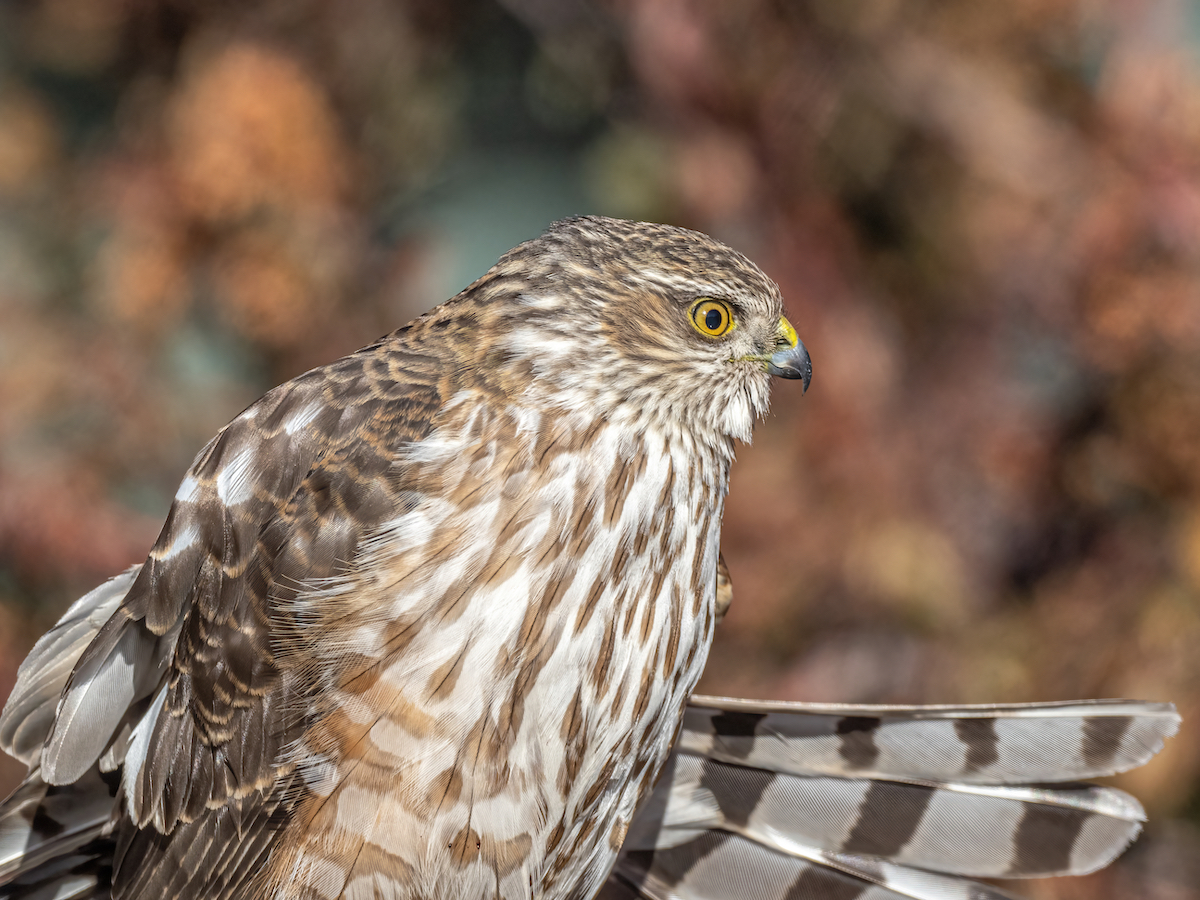Some information may be outdated.
The longest-running citizen science survey in the world is the National Audubon Society’s annual Christmas Bird Count, which began in 1900. Moab began participating in the count officially in 1984; the 13 participants that year counted 66 species. The 2022 count, which took place on Dec. 17, saw 62 participants and 63 species. Marcy Hafner, who helps organize the local count and reports the data, said 11 more species were observed during count week, which takes place three days before and after the official count day.
“Highlights were seeing a bald eagle, pygmy owl, prairie falcon, and Northern harrier,” Hafner said. “We also had a great horned owl during count week.”
The participants split into groups, covering Spanish Valley, Moab, the Highlands golf course neighborhood, the Matheson Preserve, Castle Valley, and parts of Highway 128 (“River Road”).
In total, 6,726 birds were counted; the most common species sighted were the house sparrow (967), European starling (837), dark-eyed junco (651), and white-crowned sparrow (641). Other common species included the house finch (489), American robin (378), Eurasian collared-dove (251), common raven (237), wild turkey (195), Canada goose (192), and northern flicker (182). The great horned owl in 2022 was a rare treat: the group hasn’t reported seeing any in the past ten years of counts.
The data is pretty standard for Moab: over the past ten years, the group has observed anywhere from 4,192 individuals (2018) to 8,184 (2015), with the most common species being the house sparrow and European starling.
The 2022 count is the highest its been since 2017 (though the group didn’t meet in 2020): that year, the group counted 7,546 individuals (including over 1,000 European starlings and dark-eyed juncos), then in 2018, the count saw a drastic dip (counting only 4,192 birds). The number has been climbing since then, reaching a new peak this year.
The numbers from the Christmas Bird Count help Audubon scientists track population trends, but they also vary widely: count days with nice weather, such as the 2022 count, will see more birds than bad-weather days, when birds may be sheltering.
Nationwide, not all is well in the bird world: The Cornell Lab of Ornithology, another organization that collects and tracks bird data and which often partners with the Audubon Society, recently published its “State of the Birds 2022.” The report found that “birds are declining overall in every habitat except in wetlands”; the report also says that three billion birds have been lost from the United States and Canada in the past 50 years, and that ninety bird species lost 50% of their populations during 1970-2019.
If you’re interested in Moab birding, you can keep up with the Moab Bird Club online (www.utahbirds.com/organizations/MoabBirdClub.htm), join the “Moab Birding Connection” Facebook group, or tune in to Grand Birds, a podcast available on Soundcloud that also airs on KZMU.
Appreciate the coverage? Help keep local news alive.
Chip in to support the Moab Sun News.





